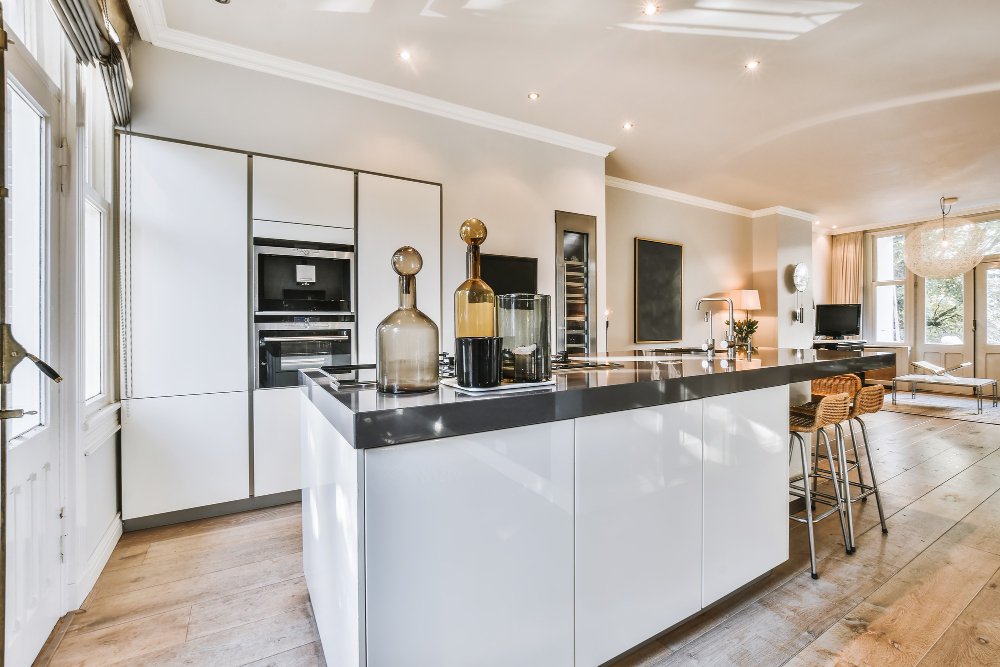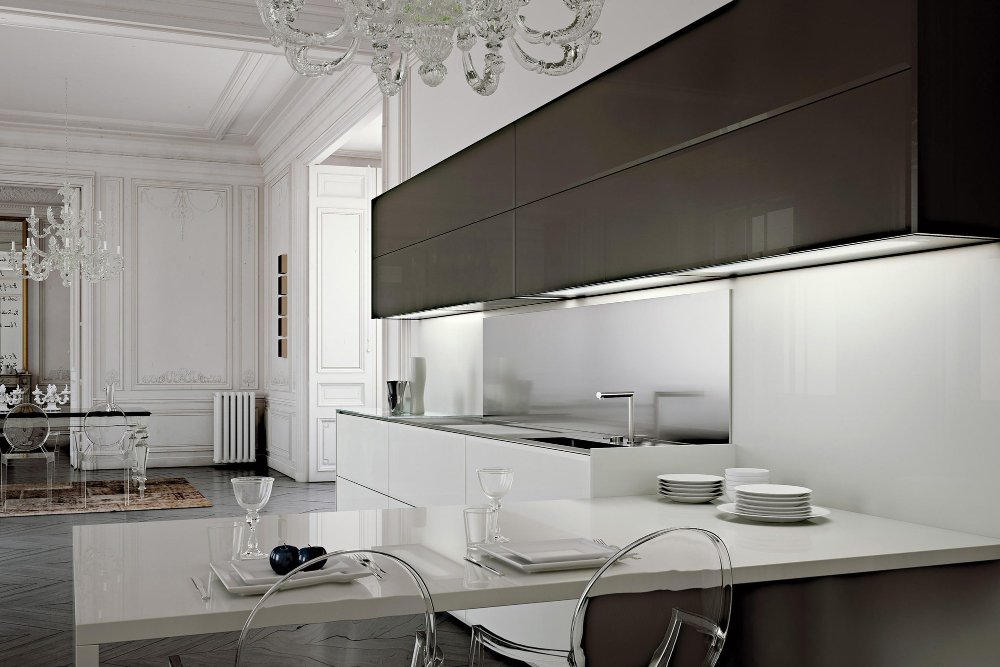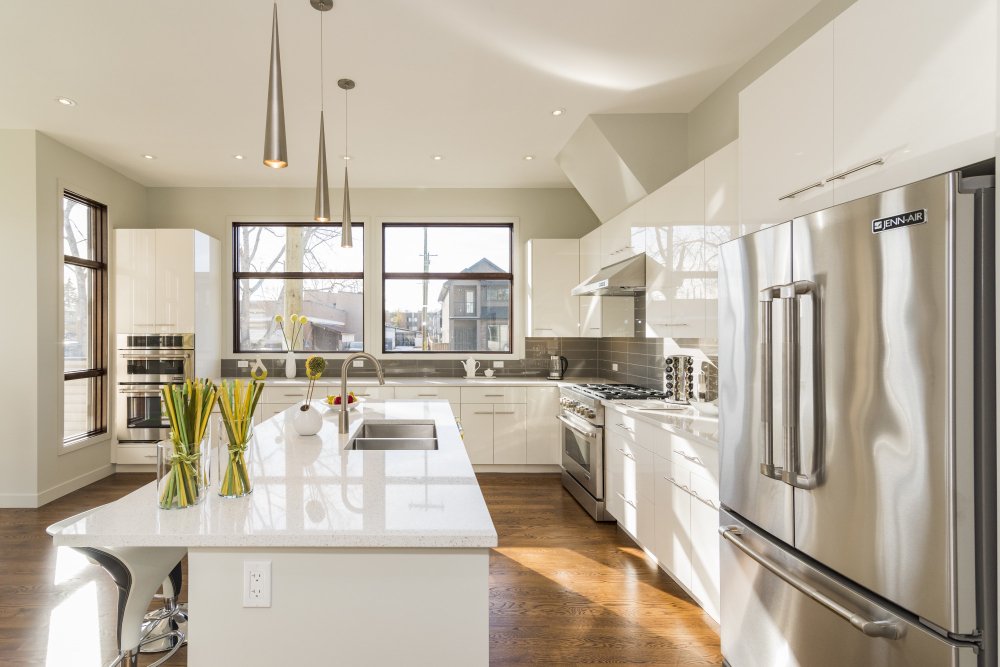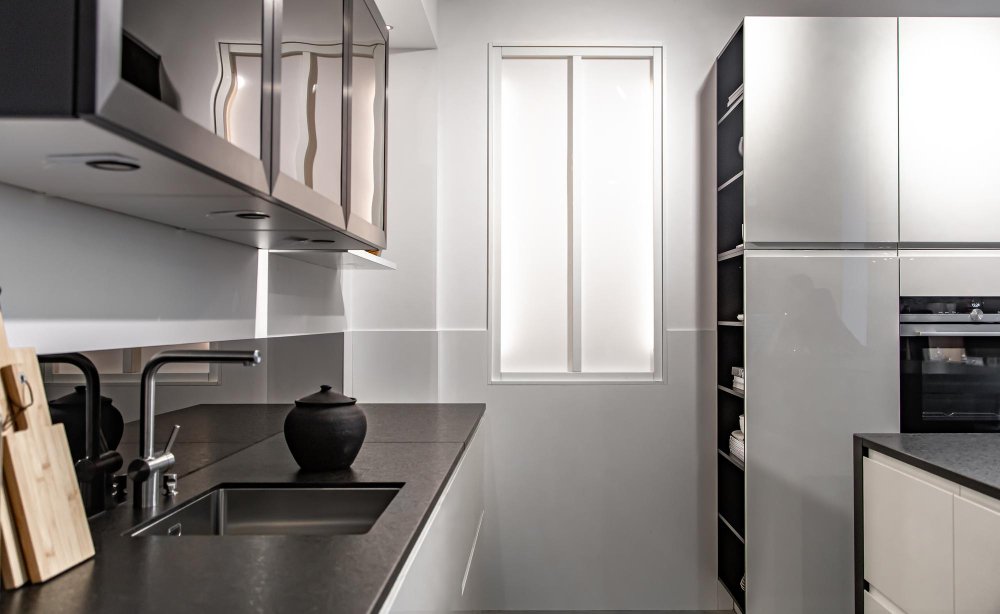When it comes to homeownership, the kitchen is one of the most valuable—and most vulnerable—spaces. While finishes and appliances tend to get all the attention during a kitchen renovation, ignoring your kitchen plumbing could mean surprise repairs, higher costs, and potential water damage down the road.
Whether you’re renovating or simply maintaining your space, here are the most important plumbing questions homeowners ask (or should ask) before it’s too late.
1. Why is my kitchen faucet leaking—and is it a big deal?
Yes, it’s a big deal. Even a slow drip can waste over 3,000 gallons of water a year, and it’s often a sign of worn washers, a failing cartridge, or issues with your shutoff valves. Don’t ignore it—faucet replacement is a relatively inexpensive fix that can prevent water damage under the sink and skyrocketing utility bills.
2. What’s the correct order for a sink, dishwasher, and garbage disposal hookup?
This matters more than you think. A smart dishwasher hookup and garbage disposal setup helps avoid backflow and clogs. Ideally:
Garbage disposal connects directly to the sink drain
Dishwasher connects to the disposal or a special branch tailpiece
A proper P-trap and air gap (or high loop) ensures nothing backs into your clean dishes
Improper plumbing connections can lead to slow drains, bacteria growth, and appliance damage.


3. How do I know if my drain clog is a simple fix—or a bigger issue?
If one fixture is draining slowly, it’s likely a local clog—try a safe enzymatic cleaner or a manual snake. But if multiple fixtures back up or you hear gurgling in the drain, the issue may be in your kitchen drain system or main water line.
That’s a red flag. Call a licensed plumber before it turns into a burst pipe or sewage backup.
4. Do I really need to replace old under-sink plumbing during a renovation?
Absolutely. If your kitchen is 15+ years old and you’re doing a kitchen remodel, now is the time to upgrade all under-sink plumbing. That includes:
Water supply lines (swap old rubber for braided steel)
Shutoff valves (especially if they’re hard to turn or corroded)
Drain assemblies, especially if made from outdated plastic
Replacing aging plumbing fixtures during a reno is cheaper and easier than tearing into brand-new cabinetry six months later.




5. Can kitchen plumbing affect resale value?
Yes—and not just because buyers like shiny new sink upgrades. Home inspectors often check for:
Signs of pipe leaks
Water damage inside sink bases
Proper plumbing fixtures and venting
Functional garbage disposal units
If you’ve invested in quartz countertops and custom cabinets but left 20-year-old PVC piping in place, expect it to be flagged during a home sale.
6. Why does my kitchen smell like sewage sometimes?
That’s usually due to a dry P-trap, poor venting, or partial blockage in the kitchen plumbing. A dry P-trap allows sewer gases to rise into your kitchen—gross and potentially hazardous.
Run water down unused drains weekly, ensure traps are holding water, and have your kitchen pipework checked for blockages or misalignment if the smell persists.
7. How can I prevent costly pipe leaks?
Proactive maintenance is key. Here’s what to do:
Inspect all plumbing connections twice a year
Look for corrosion, moisture, or bulging around joints
Replace aging water supply lines
Make sure your dishwasher hookup and garbage disposal aren’t vibrating the pipes loose
Remember, pipe leaks behind the wall or under cabinets often go unnoticed until major damage is done. Catch it early or pay later.
Don’t wait!
Contact us now to schedule your consultation and discover how we can transform your fireplace into the warm and inviting centerpiece of your home!
8. What’s the best material for kitchen plumbing pipes?
Modern kitchen plumbing typically uses:
PEX (flexible, affordable, great for remodels)
Copper (durable and long-lasting, but more expensive)
PVC/ABS (used in drains, less common in supply lines now)
If your home still uses galvanized steel or polybutylene, plan a full replacement—these are outdated, prone to failure, and often not insurable.
9. Should I DIY my kitchen plumbing or hire a pro?
Small jobs like swapping a faucet or tightening a connection? Sure. But for anything that involves new sink installation, re-routing pipes, or integrating appliances—hire a licensed plumber.
Incorrect installs can violate building codes, void warranties, and create leaks you won’t see until it’s too late. Kitchen plumbing maintenance is not the place to cut corners.
10. How do I plan plumbing during a kitchen renovation?
Get your plumbing repair and planning handled early—ideally in the design phase. Your layout may limit where the sink or dishwasher can go, and relocating plumbing adds cost.
Work with a contractor or plumber to:
Review existing kitchen pipework
Decide what to move or replace
Coordinate with cabinetry and appliance installers
The goal is a clean, code-compliant install that won’t need reworking in six months.
📣 Call to Action:
Before you install that beautiful new sink or finalize your kitchen layout, make sure your plumbing is up to the task. A few smart updates today can save thousands in repairs tomorrow.



Comments are closed